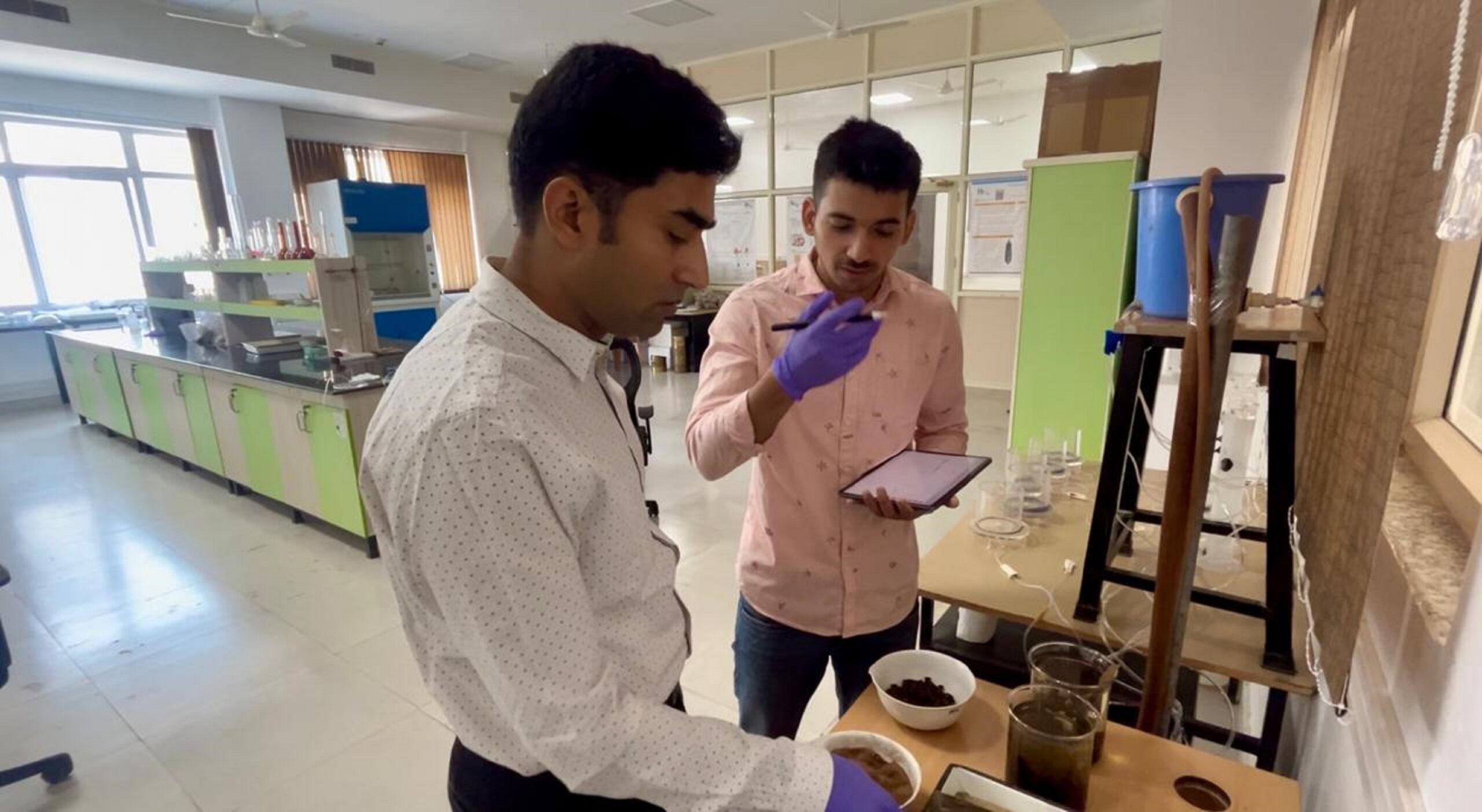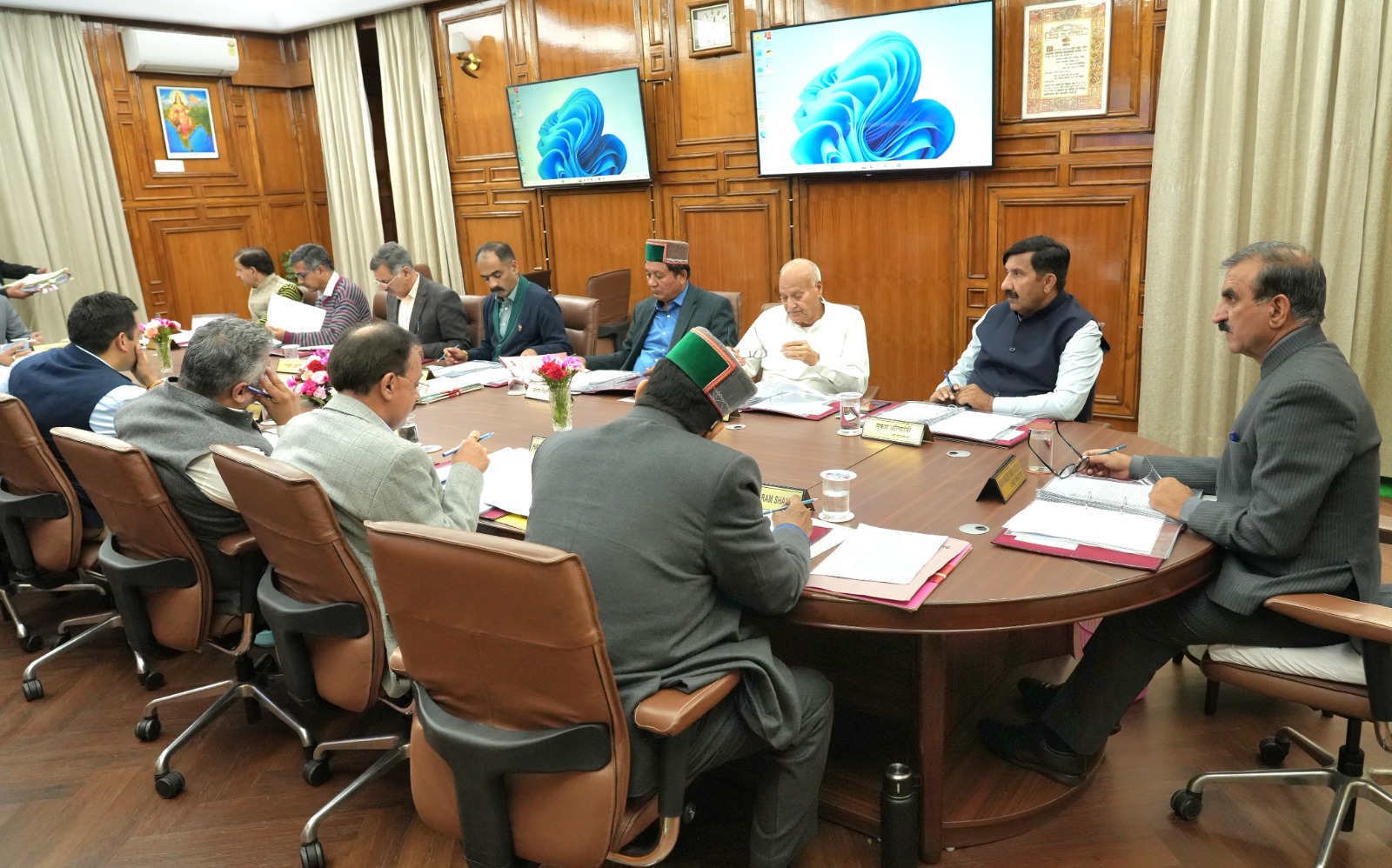Cancer-Causing Toxic Metals Found in Baddi-Barotiwala Groundwater: IIT Study Alerts.
Shimla:
A recent study conducted jointly by researchers from the Indian Institute of Technology (IIT) Mandi and IIT Jammu has uncovered alarming levels of cancer-causing pollutants in the groundwater of the Baddi-Barotiwala (BB) industrial area in Himachal Pradesh.
Groundwater, extensively used for agricultural and domestic purposes in India, faces severe contamination issues due to rapid urbanization and industrial expansion. The study, published in the prestigious journal ‘Science of the Total Environment’, sheds light on the distribution of toxic metals in the BB industrial area, surpassing permissible limits and posing significant health risks.
Dr. Deepak Swami, Associate Professor at the School of Civil & Environmental Engineering, IIT Mandi, and his team, in collaboration with Dr. Nitin Joshi from IIT Jammu, meticulously analyzed groundwater samples to identify dominant sources of contamination and measure the geospatial variation of toxic metal concentrations.
Their findings underscore the urgent need for remediation measures and stringent monitoring of industrial effluents, particularly for zinc, lead, nickel, and chromium. Dr. Swami emphasized the importance of balancing industrial growth with public health to ensure sustainable development.
The study identified a prevalence of rock-dominated groundwater, primarily of the calcium carbonate type, with uniform levels of uranium across samples. While uranium and molybdenum were naturally occurring, other metals were traced back to industrial activities. High non-carcinogenic and carcinogenic risks were identified, primarily associated with natural uranium and industrial sources of zinc, lead, cobalt, barium, nickel, and chromium.
Dr. Nitin Joshi from IIT Jammu highlighted the urgent need for improved effluent treatment to mitigate these risks, emphasizing the parallels between the BB industrial region and southwestern Punjab if left unaddressed.
Geospatial maps created as part of the study offer valuable insights into metal contamination and health risks, serving as crucial tools for policymakers and residents alike to address pollution sources and guide future remediation efforts.
With over 80% of health issues in developing nations attributed to waterborne diseases, claiming 1.5 million lives annually due to poor water quality and hygiene, the significance of this study cannot be overstated.




